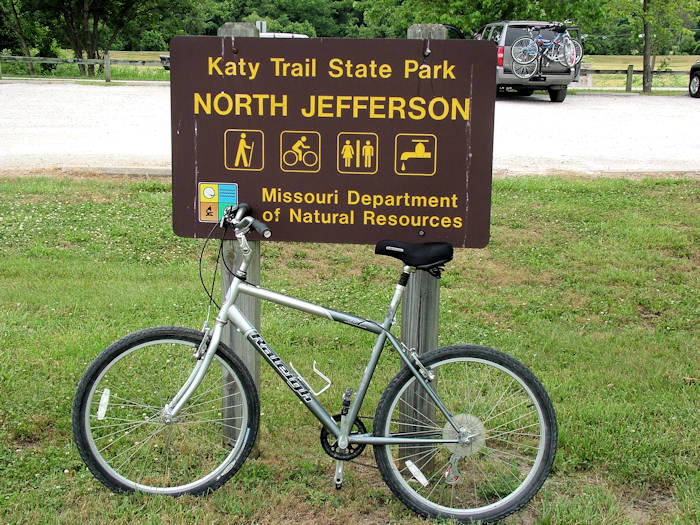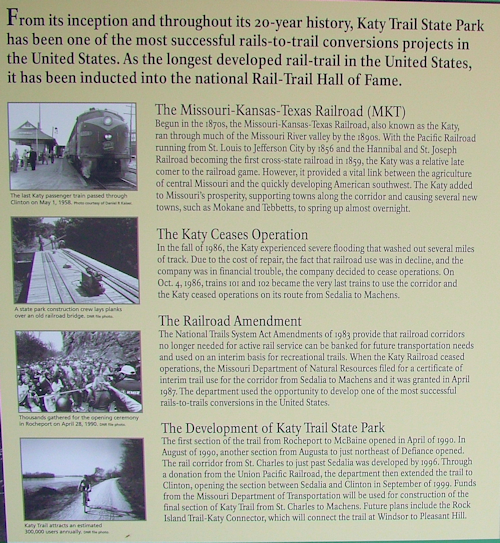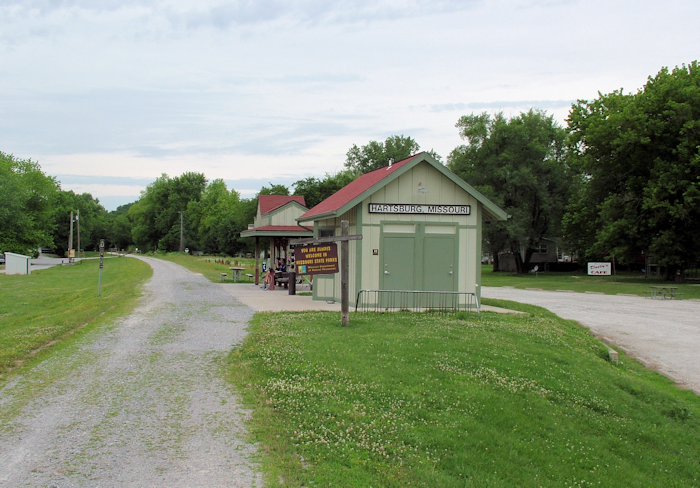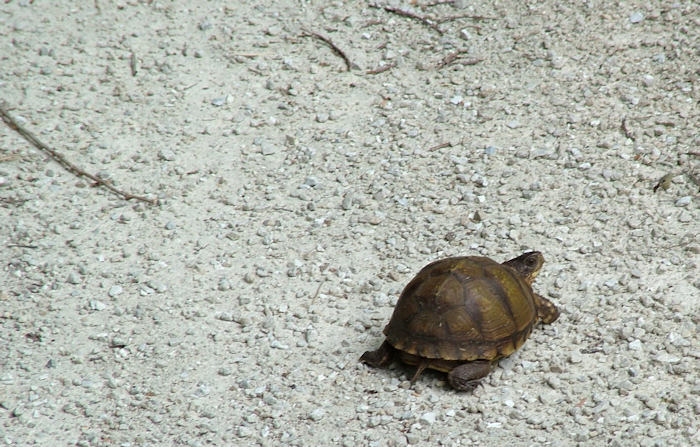
In the early days of the expedition, Lewis would often leave the hard river work to Clark’s supervision. Lewis was a man clearly comfortable in his own company – although he would be accompanied by his giant Newfoundland dog Seaman.
Lewis was also something of a naturalist. As the boats plied their way upstream, he could be found walking the countryside for miles, meeting back up with the Corps at the end of the day. Over the whole trip his meticulous drawings and descriptions of species of plants and animals introduced many to scientists, even if they were known all too well to the indigenous population.
My second day would be more a Lewis day than a Clark day. I set out to ride a short stretch of the wonderful Katy Trail State Park. The term “park” here is misleading – this is a 200+ mile green corridor that runs from St Charles (nr St Louis) to Clinton. The vast majority of the route has been converted from disused railway tracks into a compacted gravel path suitable for sturdy road bikes as well as mountain bikes (it’s actually been inducted in the National Rail-Trail Hall of Fame. Yes. They have one.).

The path passes over attractive truss bridges, through woodlands, alongside bluffs, and skirts fields of corn and soyabeans (America’s two biggest crops apparently – that’s sweetcorn by the way). It tracks the Missouri River fairly closely – at some points running right alongside, and at others diverting around the floodplain, taking in the tiny settlements that had original stations along the railway line, such as Hartsburg.

Being off-road, there are inevitaby twigs and sticks and small leaf-filled branches scattered along the path, and some large stones or small rocks, depending on your defintion. Except it turns out that some of the sticks are snakes and some of the rocks are turtles. I must have passed half a dozen turtles, just standing around in the middle of the track apparently oblivious to the bikes whizzing (or trundling in my case) by them. I also saw a rabbit, and plenty of birds that I didn’t recognise, both large and small. Unlike Lewis I didn’t stop and carefully draw each one (or bag me a specimen to send back to Washington).

I was heading for Wilton and the Riverside Store, which I’d been told was worth exploring. It was closed and I got chased by a small dog instead. Worse befell the Corps’ keelboat in these waters when the helmsman steered too close to shore and the mast was snapped by an overhanging sycamore. Why so close to the shore? Well, the current in the middle of the channel was sometimes simply too strong for them to fight – remember the expedition was going upstream the entire way. The video sort of gives a sense of the current and the trees in the way.
Partly because Lewis wasn’t generally with the Corps in these first few weeks, most of the journal entries that publishers print are written by Clark who does his own bit for natural history by remarking reguarly on the number of “Musquetors” that plague him and his men. Two hundred years later, all I can say is that I won’t forget the bug spray twice. Guess what the slap noise is in the video!